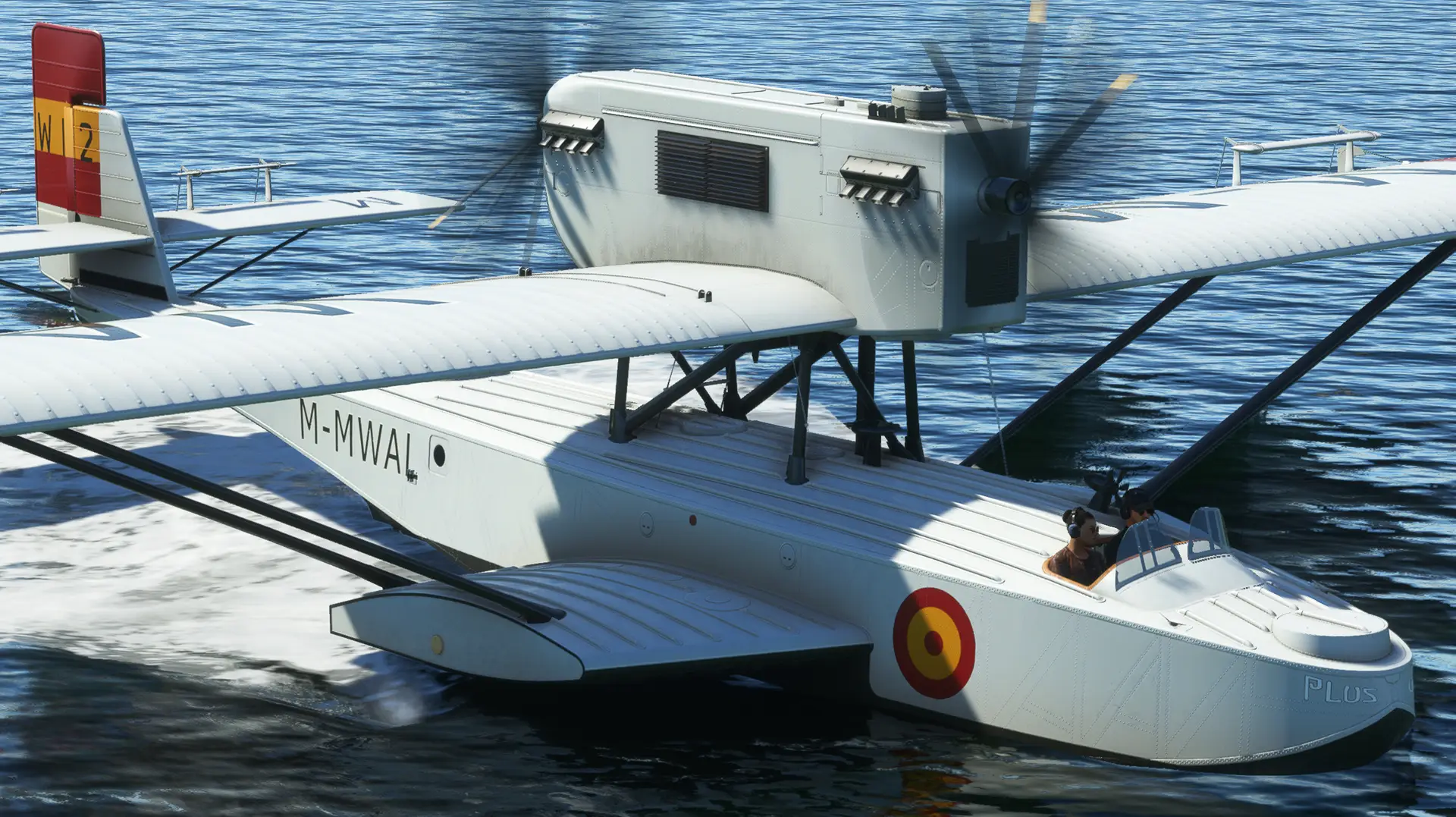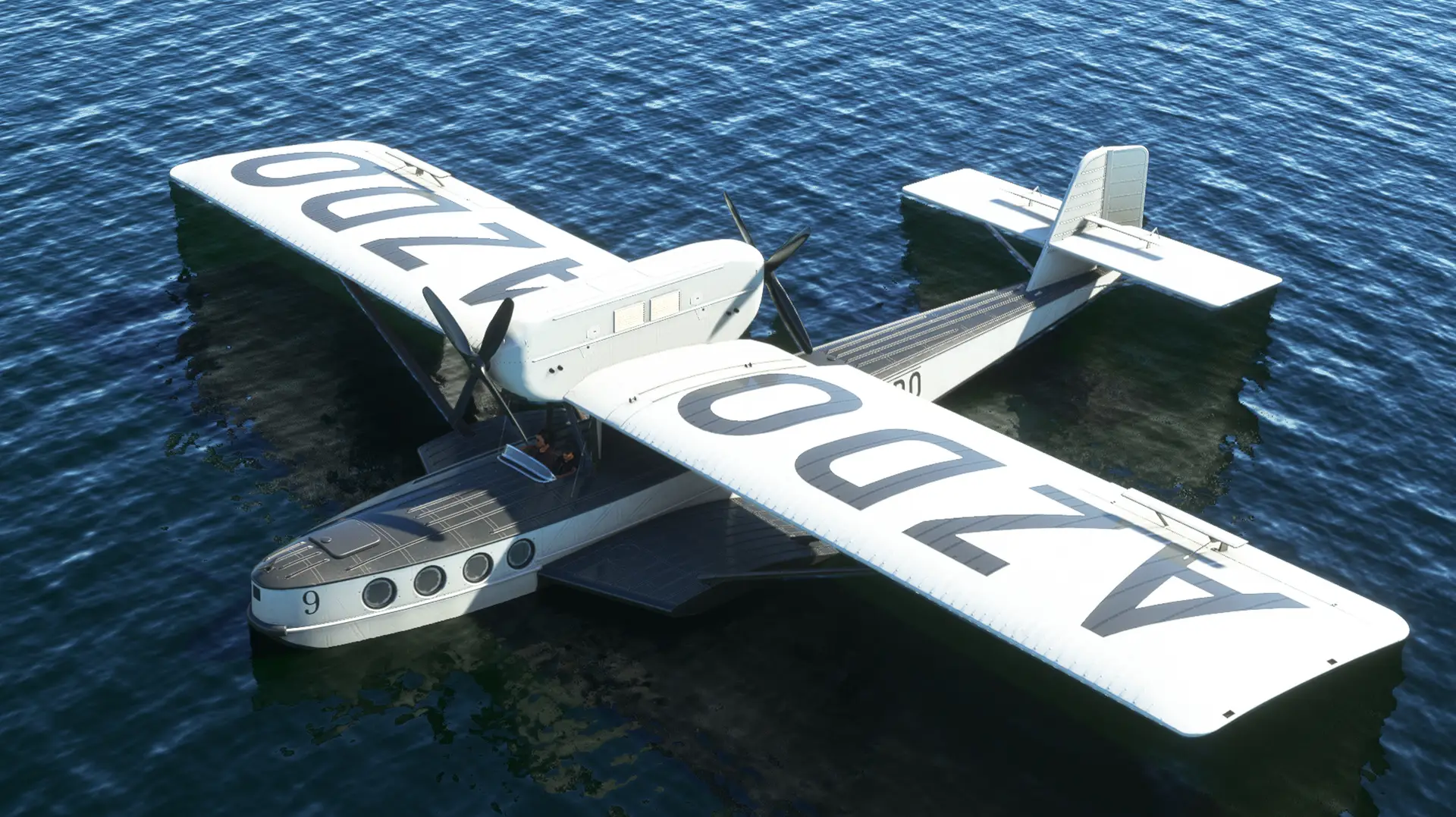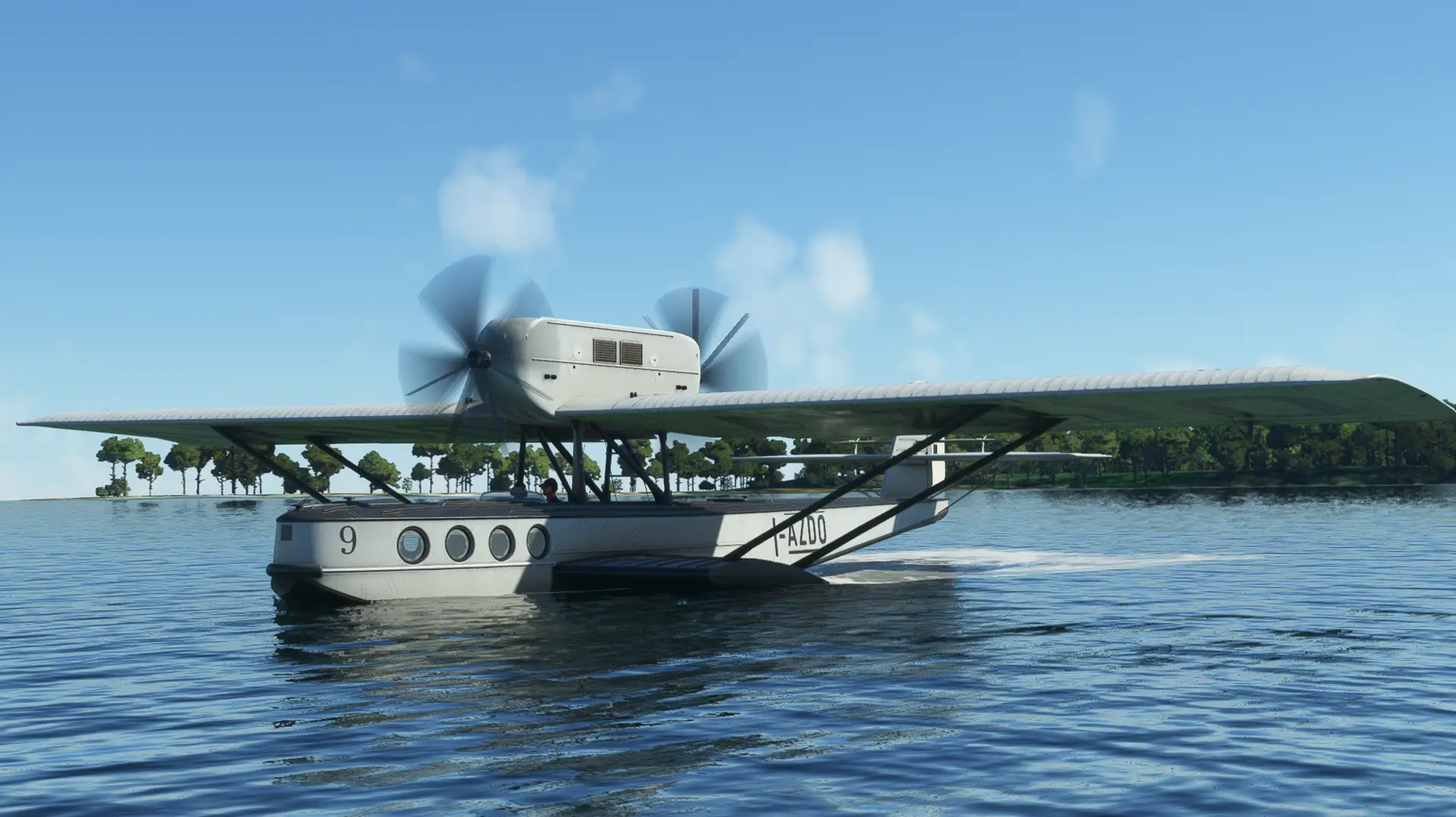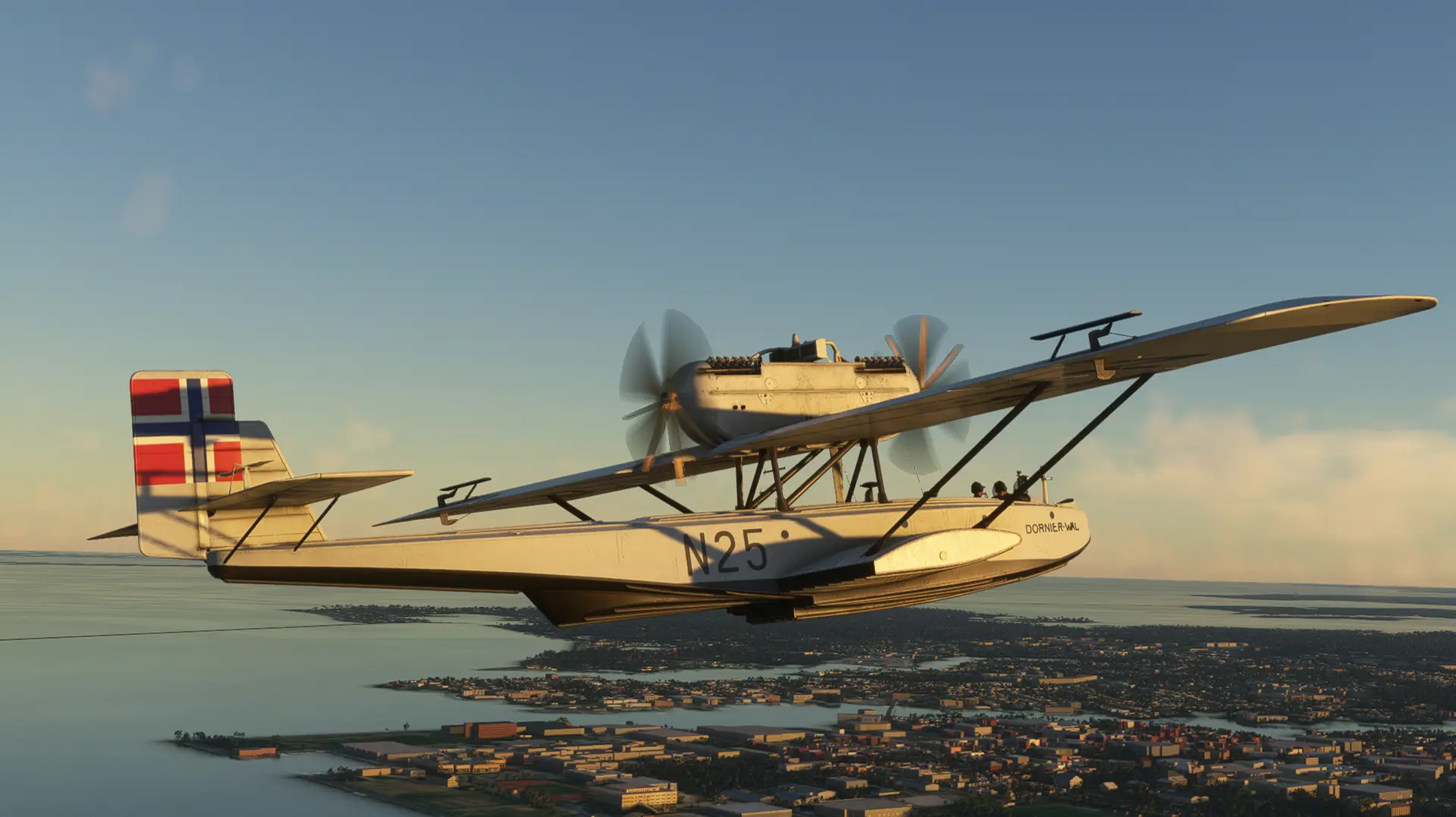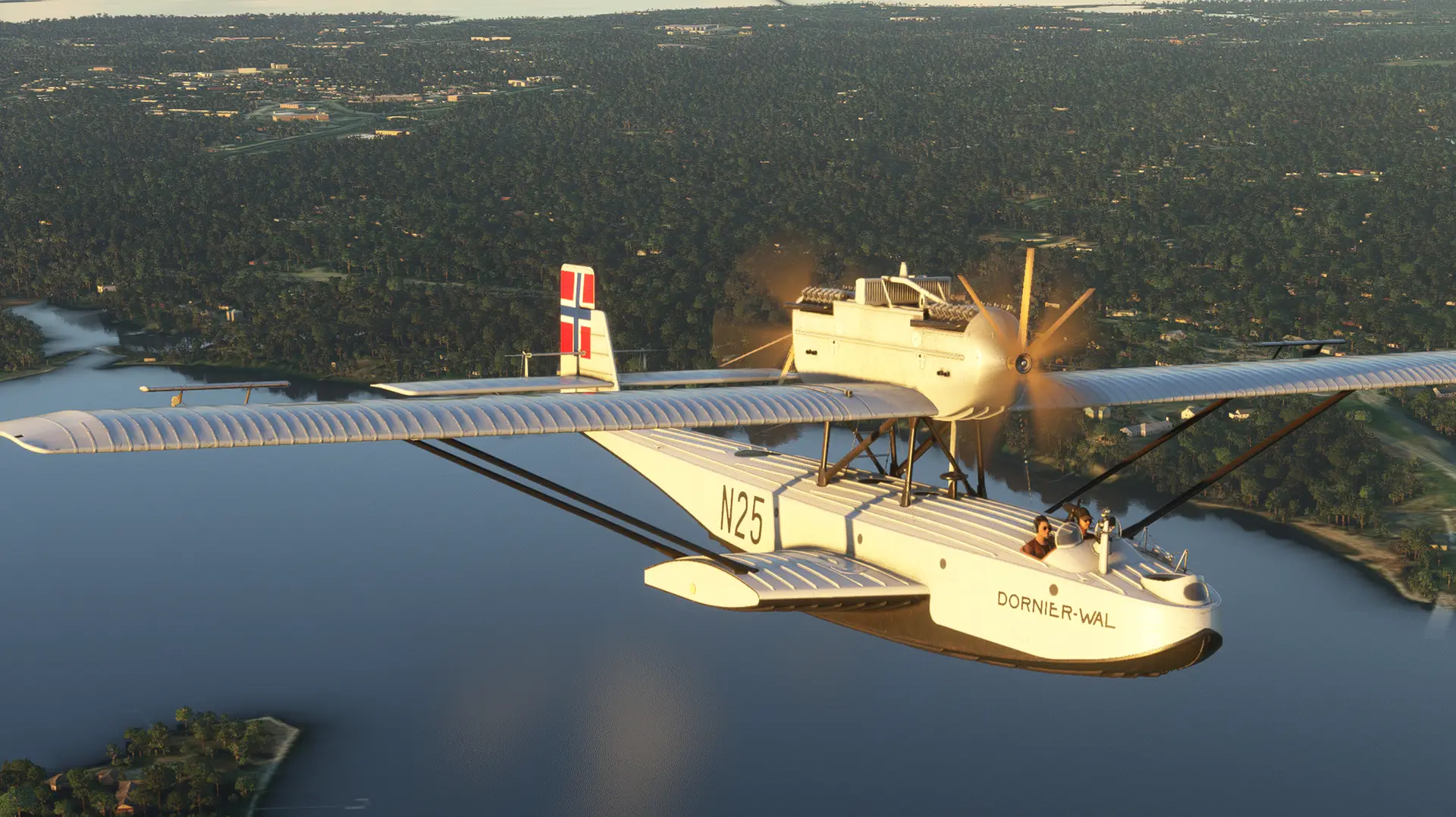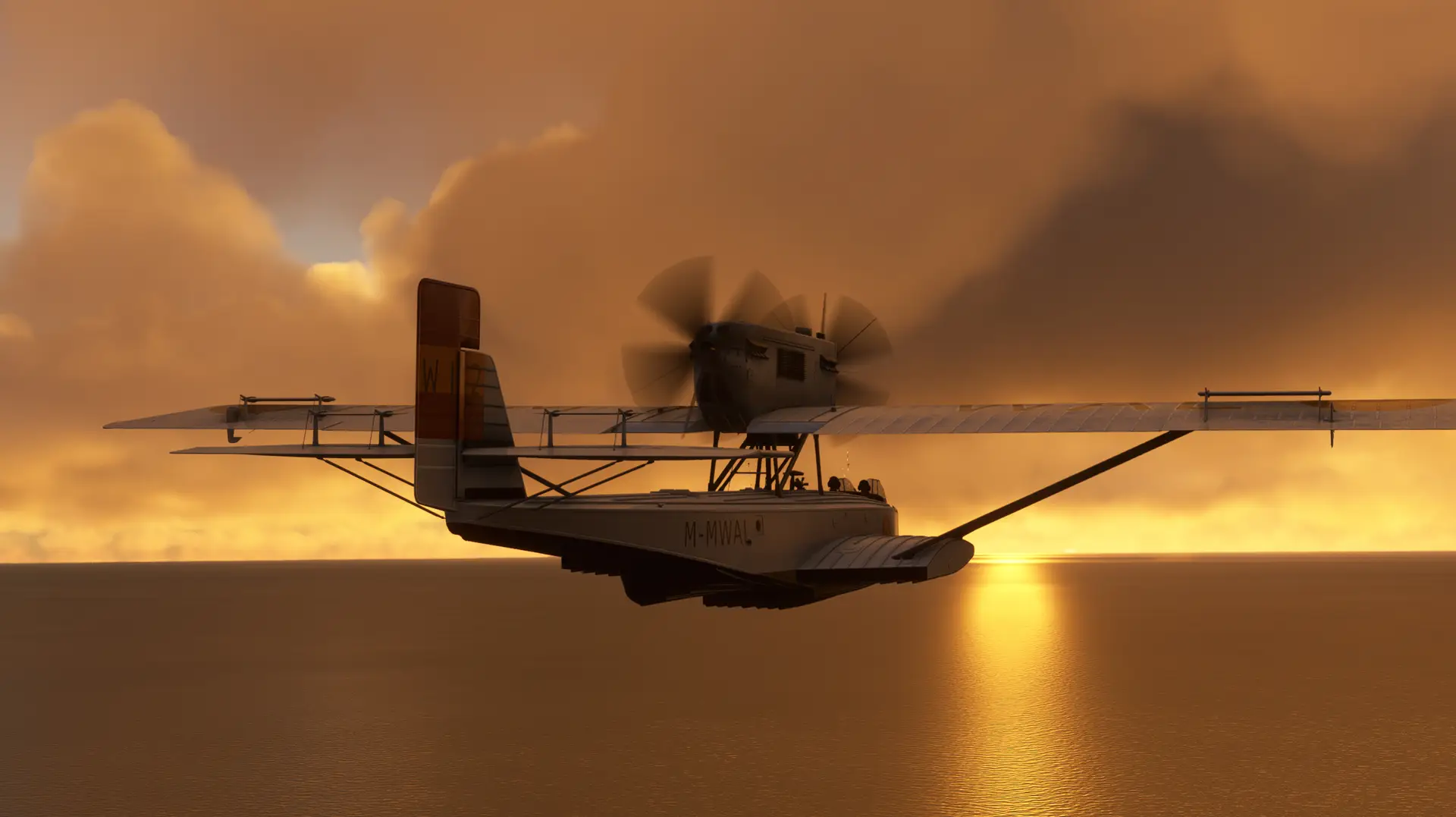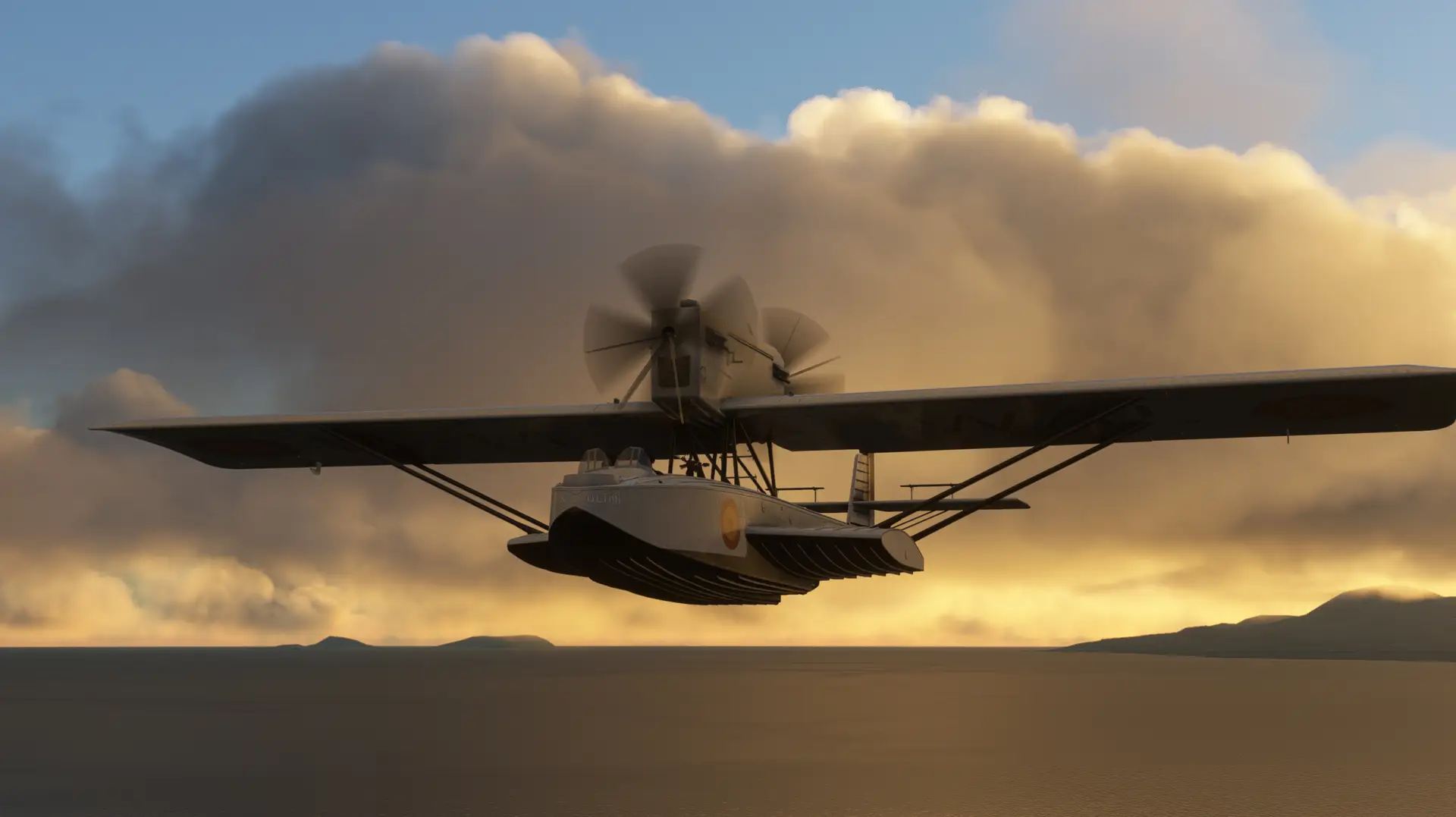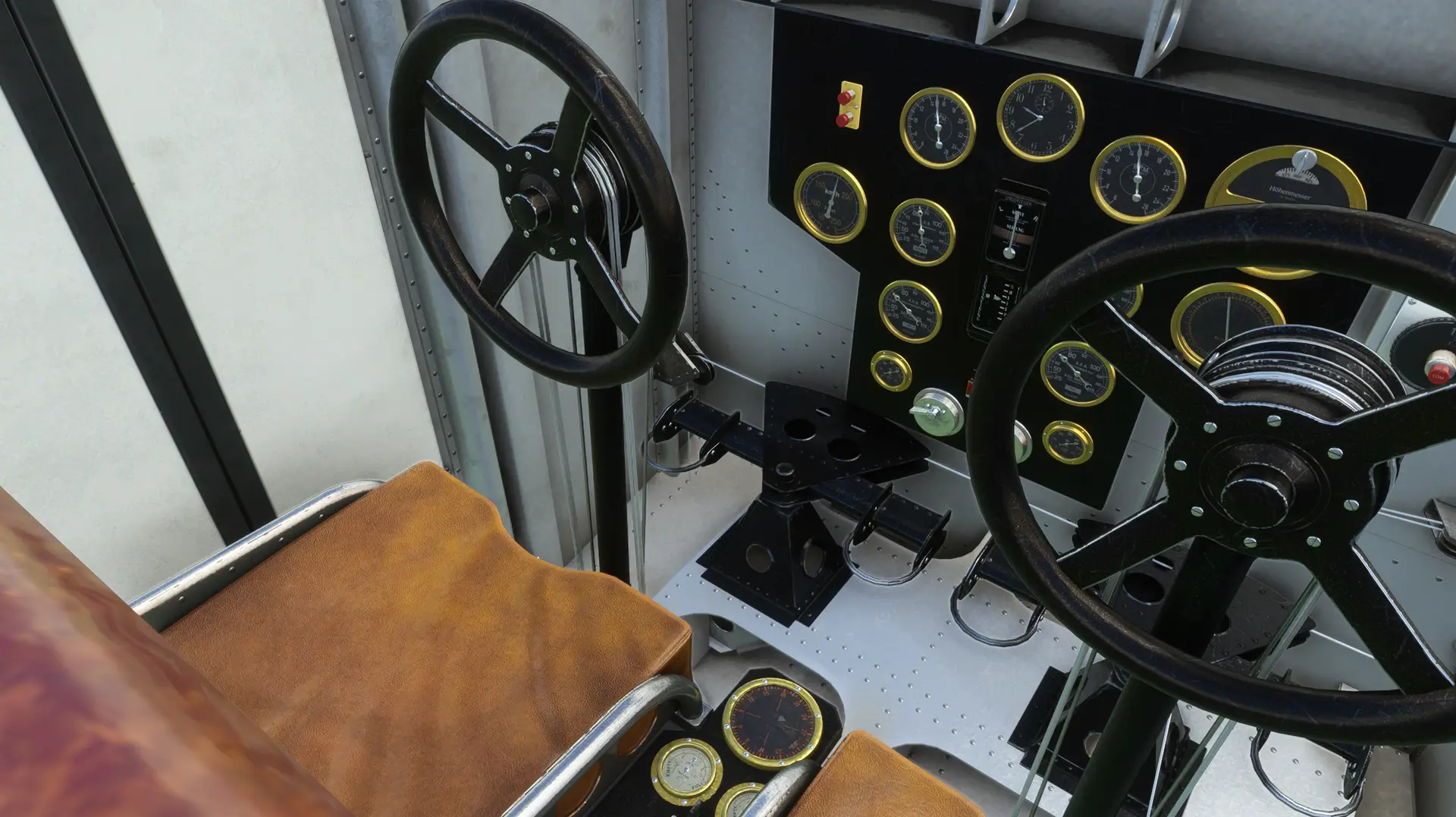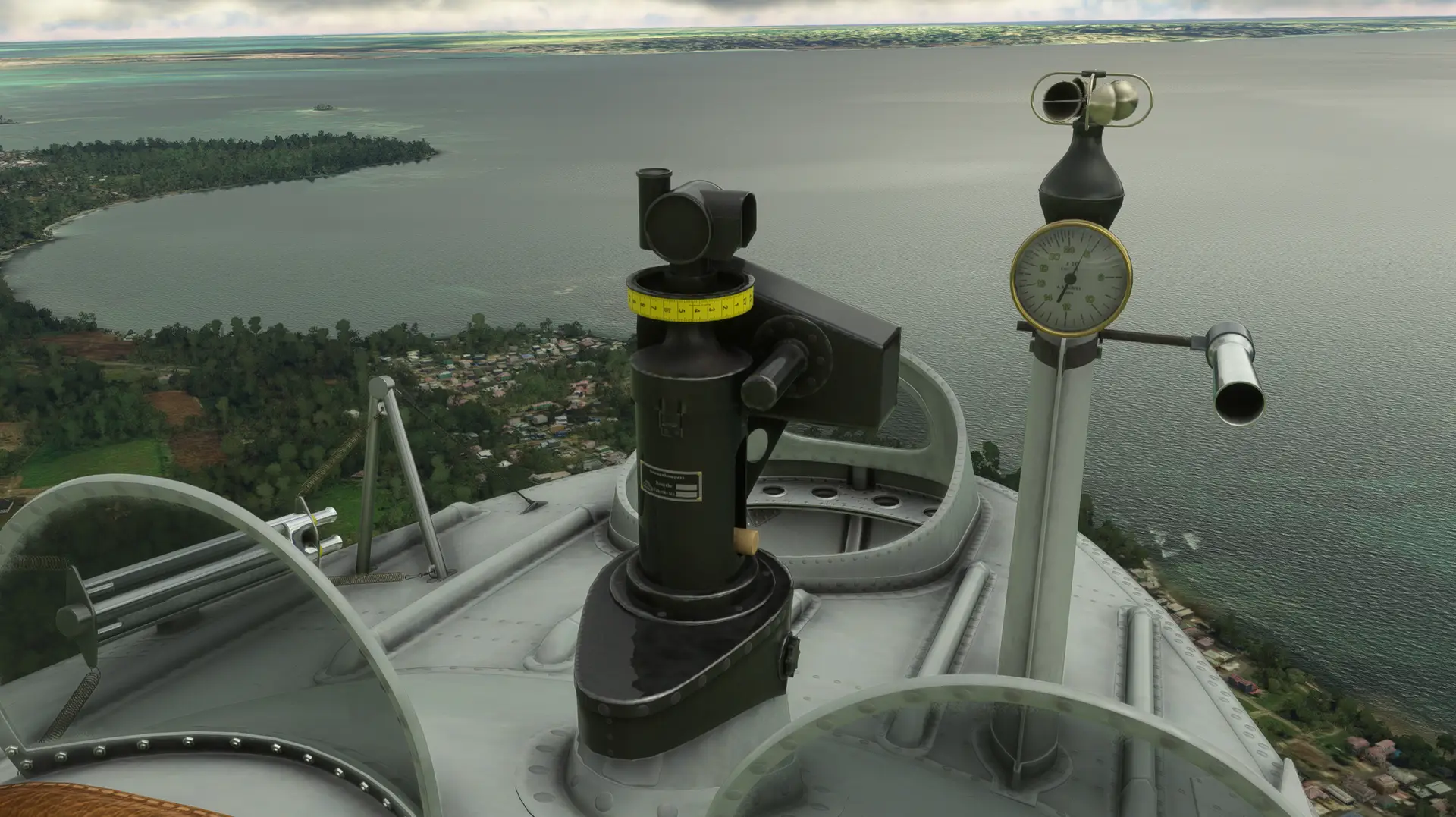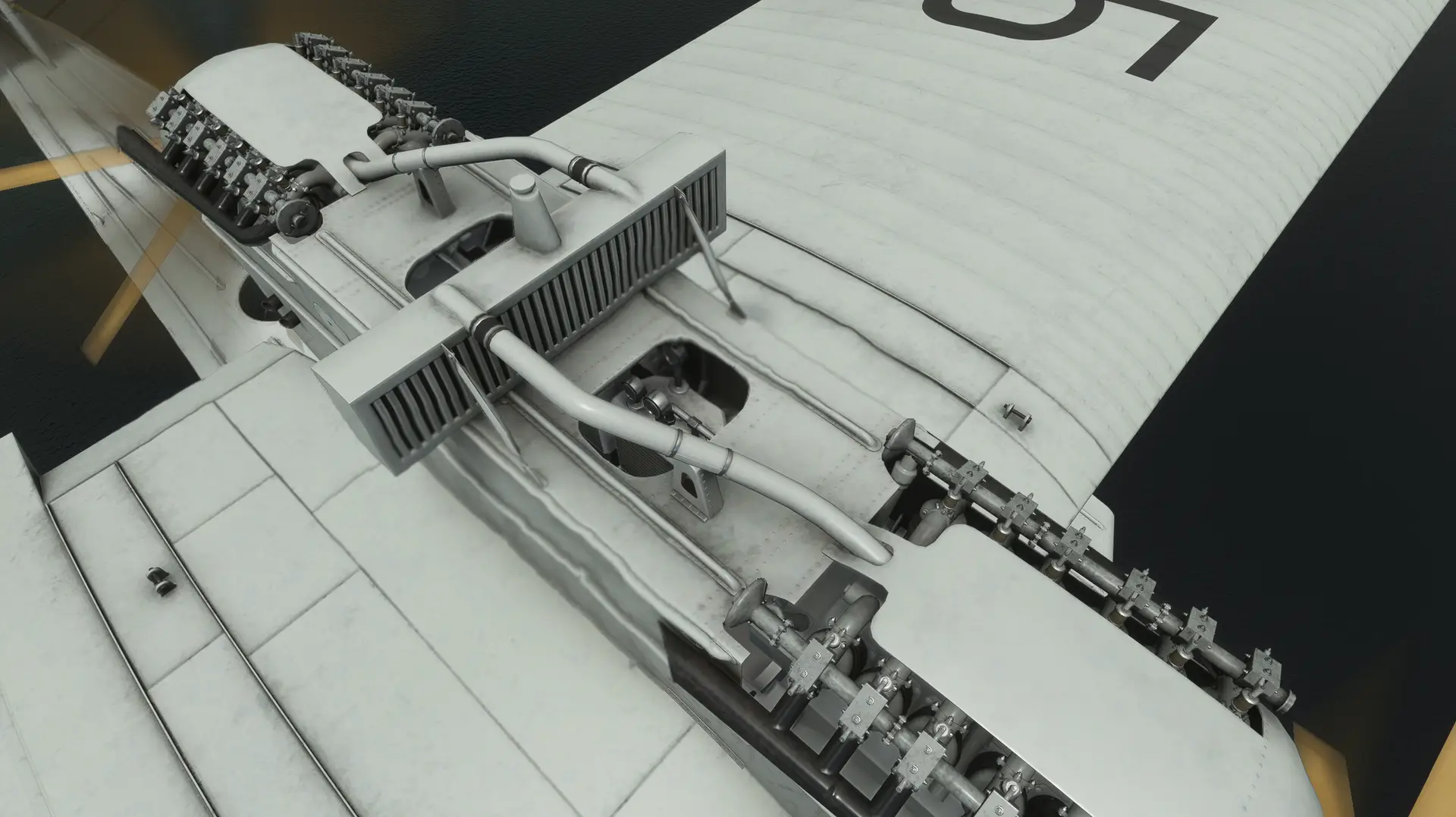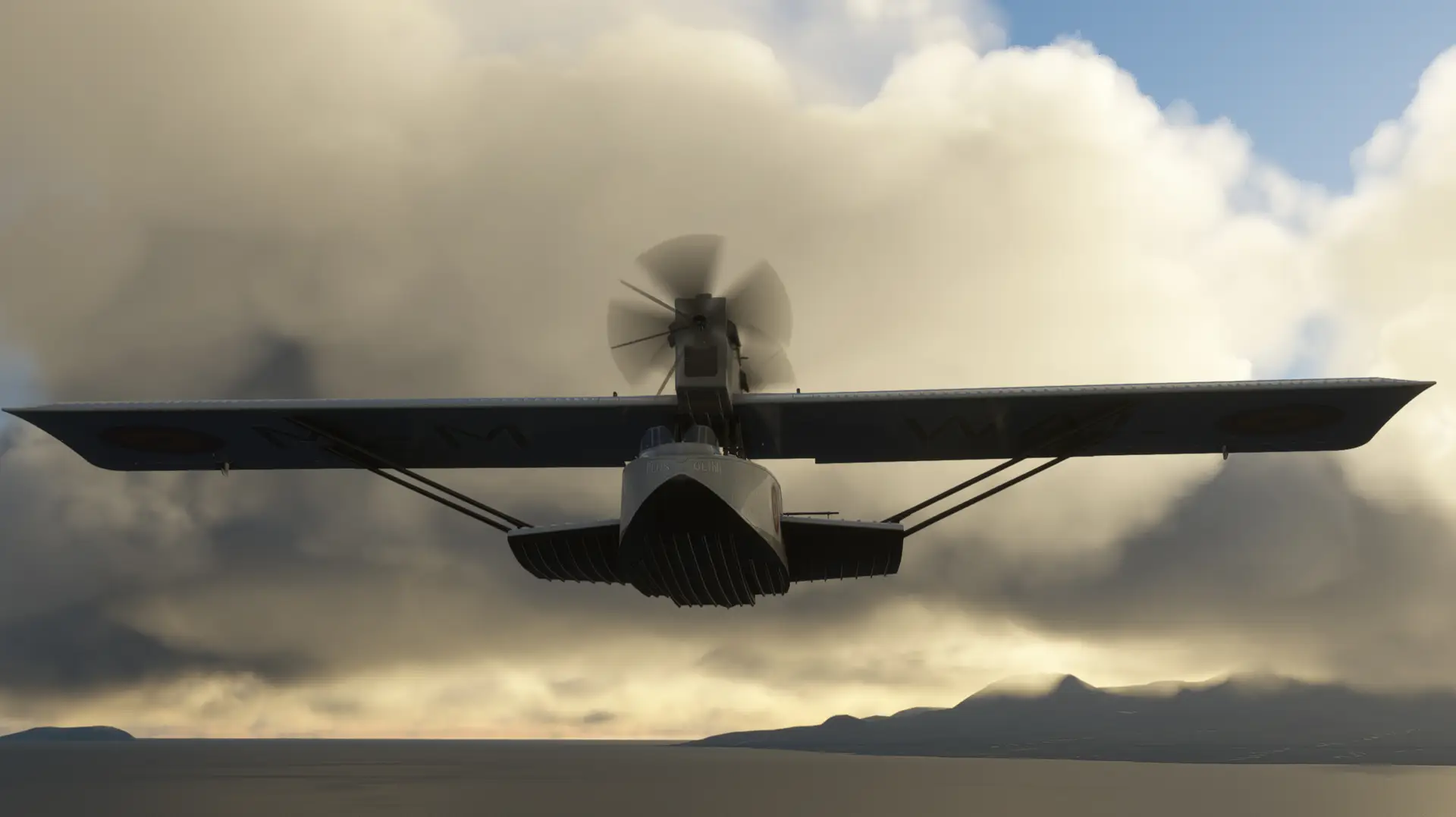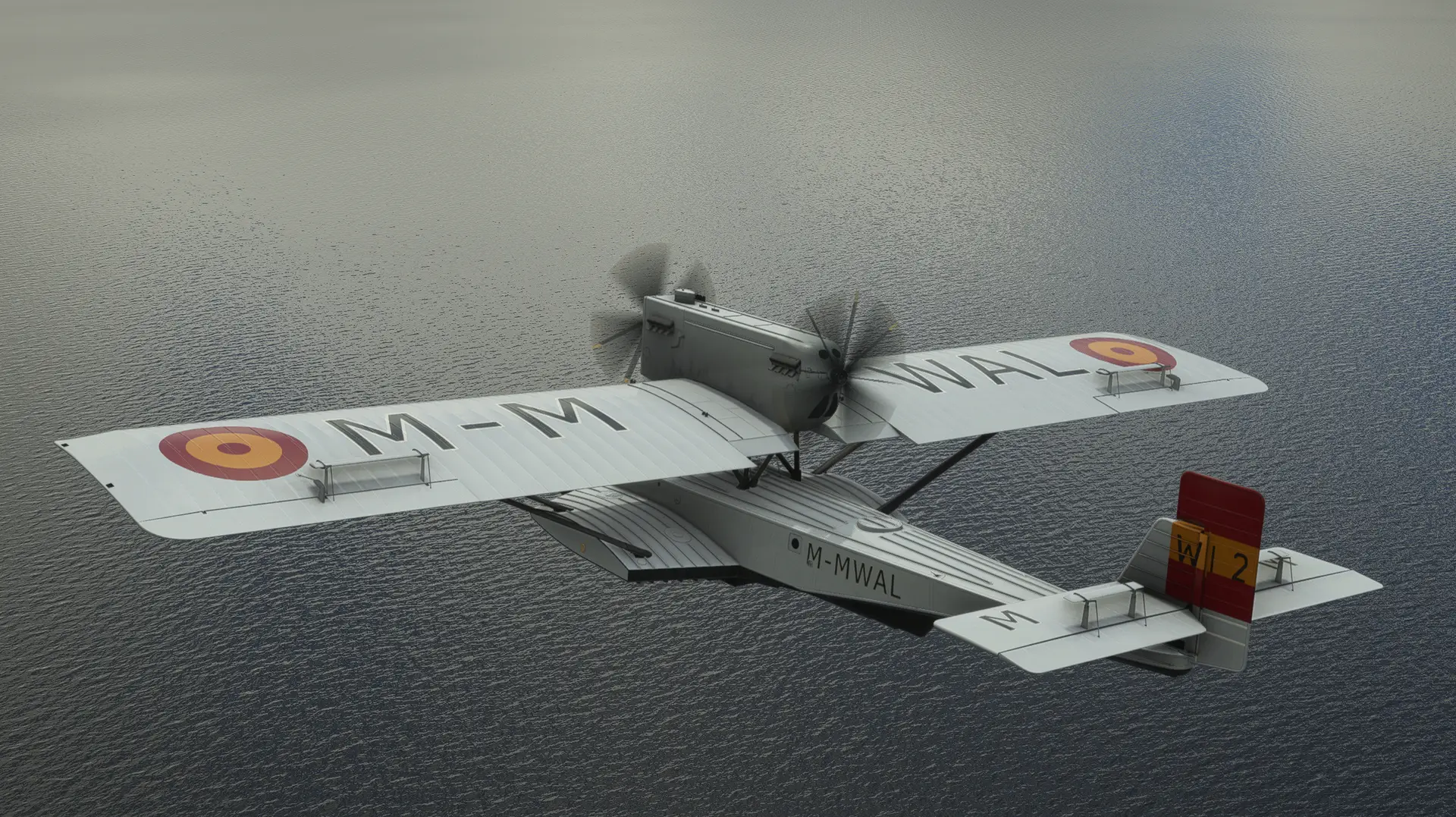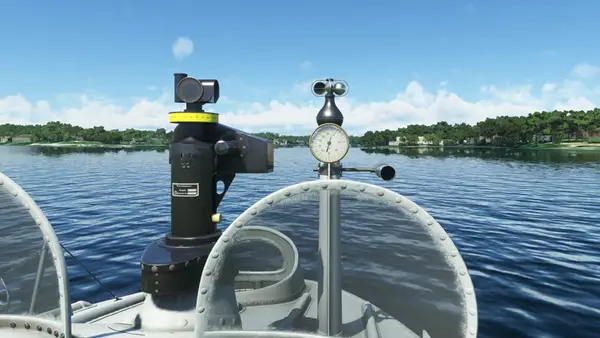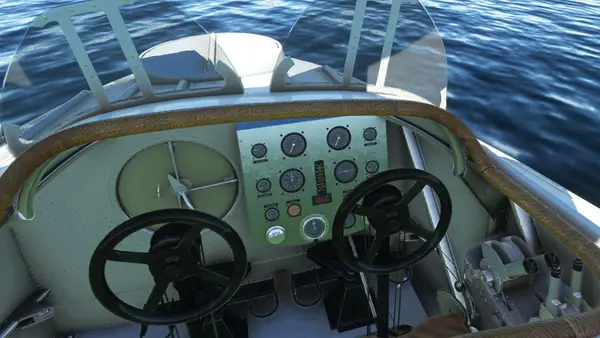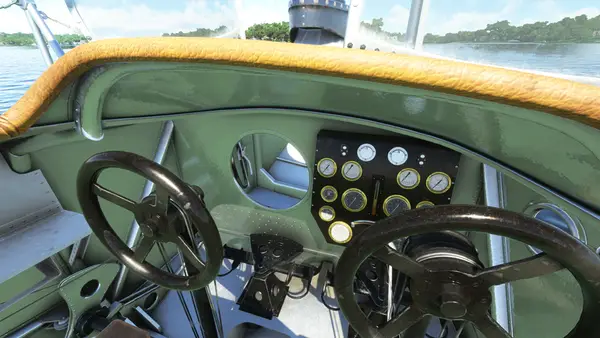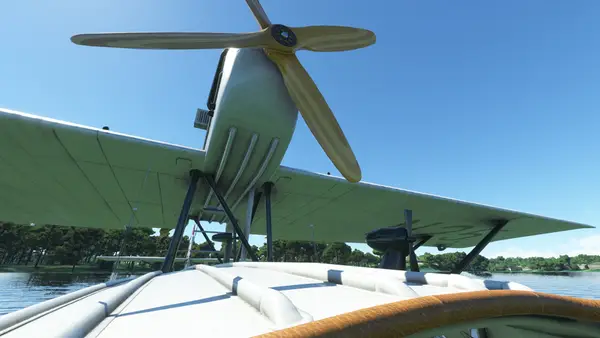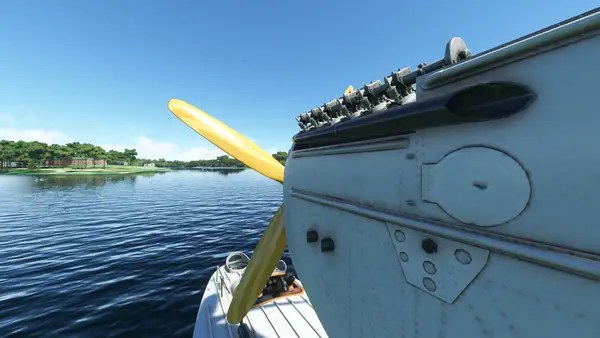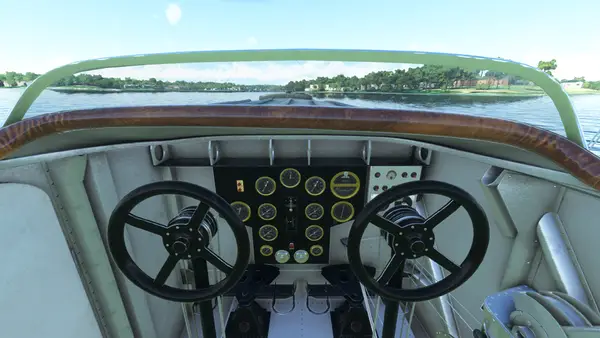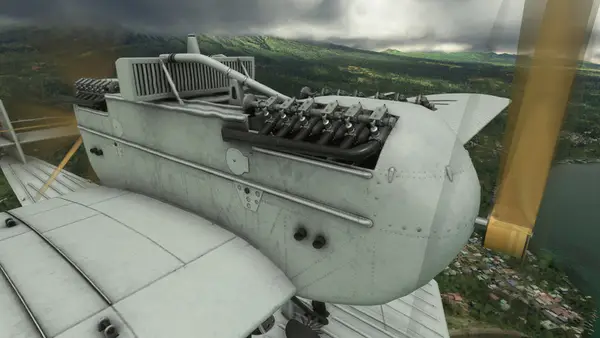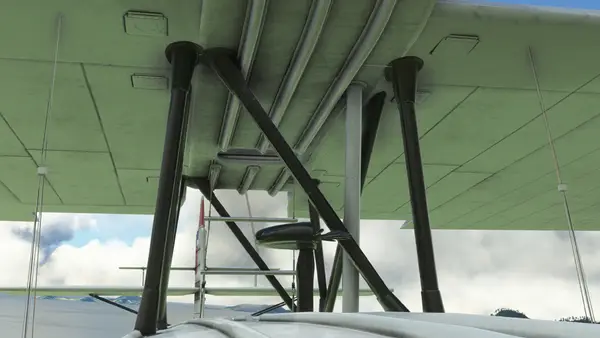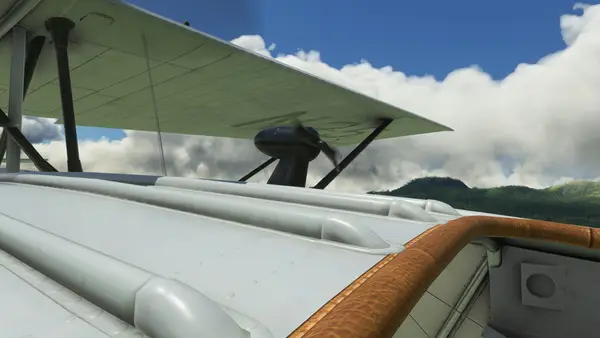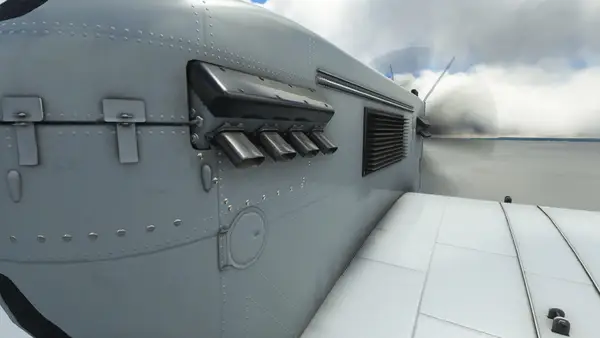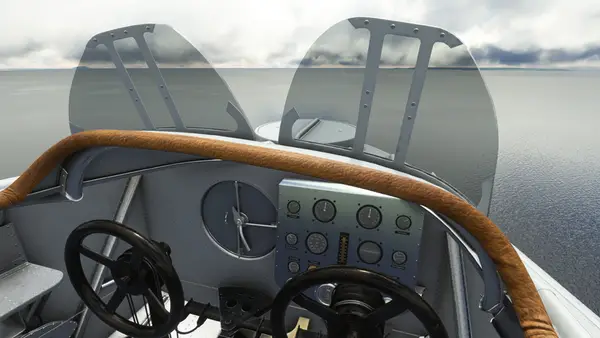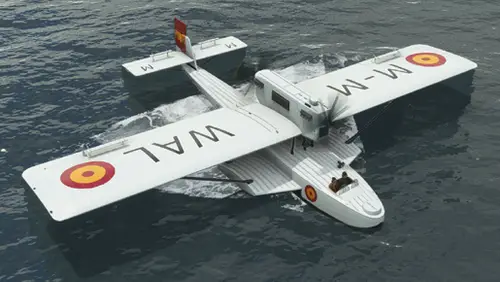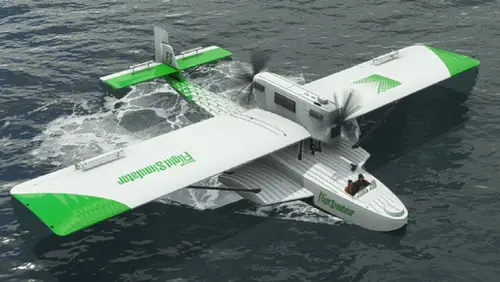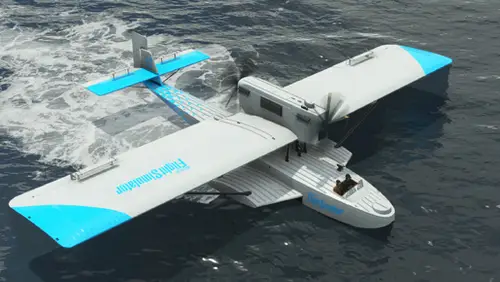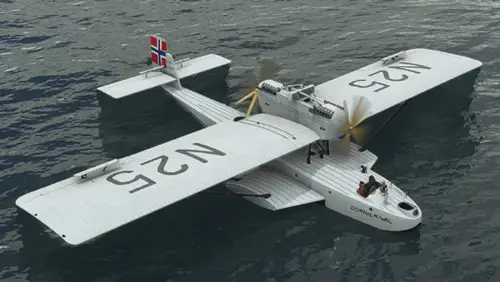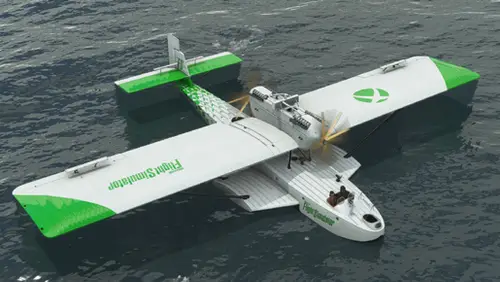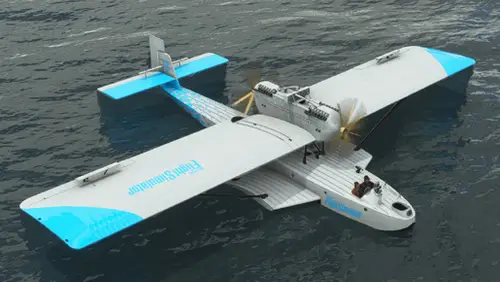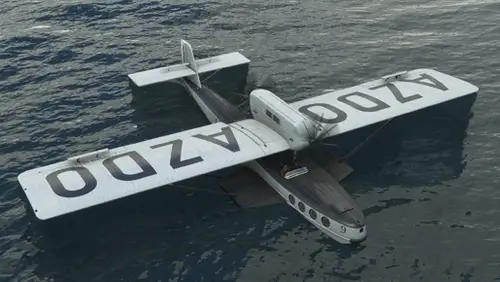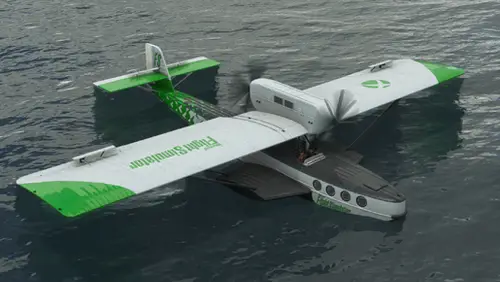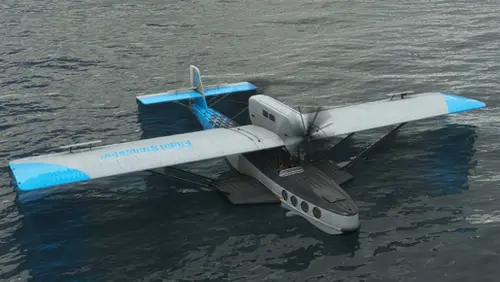The J Wal is a twin-engine, high-wing monoplane flying boat designed by German aviation firm Dornier. The Wal (“Whale” in German) took its maiden flight on November 6, 1922 and was introduced in 1923. The aircraft, which is crewed by three and can accommodate up to ten passengers, was initially produced by Costruzioni Meccaniche Aeronautiche in Pisa, Italy due to aircraft manufacturing restrictions in Germany imposed by the Treaty of Versailles after the First World War. Dornier began building the Wal in Germany in 1931, with production ceasing in 1936.
More than 325 J Wals were manufactured in two primary variants, a military version, and then later, a civilian model. The aircraft, which flew until the early 1950s, served in more than a dozen countries, including Germany, Spain, Portugal, Japan, Argentina, and the Soviet Union. The J Wal was renowned throughout the world for completing a number of historic aviation firsts and exploratory flights, including a North Pole journey and transatlantic expeditions.
The J Wal features metal construction with fabric-covered wings and control surfaces, a hull design that incorporates distinctive sponsons for stability on water and serve as anchors for the main wing struts, and a traditional tail unit. The main wing, which has a span of 72 feet, 2 inches, is elevated above the hull by a lattice structure. The J Wal is powered by two engines in a tractor-pusher configuration mounted in a nacelle above the main wing. J Wals use various engines in pairs, including the Rolls-Royce Eagle IX V-12 that produces up to 355 horsepower, the 500-horsepower Napier Lion V, and the BMW V12x that turns out up to 600hp, among others.
Depending on engines and aircraft configuration, the J Wal cruises between 87 and 106 mph, has a top speed of 124 to 130 miles per hour, and has a range from 497 to 621 miles. It climbs at 300 feet per minute and has a service ceiling of between 10,170 and 14,764 feet above sea level.
A breakthrough feat of aviation engineering for its day, the Dornier J Wal maintains an enduring legacy of performance and distinctiveness in the world of aircraft. This workhorse, which has proven itself from frigid polar adventures to the depths of the Amazon, is a marvel of utility, inviting aviators to explore the skies throughout the planet.
